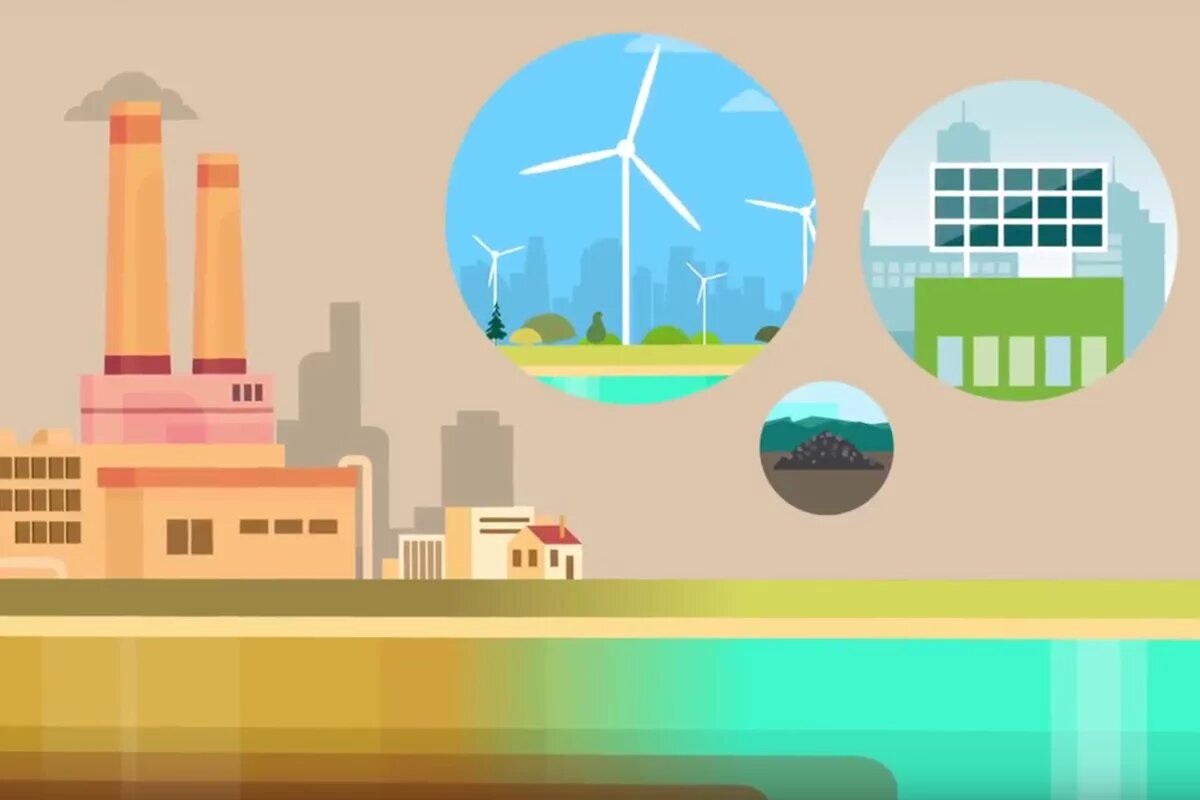
We brought US community leaders to Germany for a week-long tour of former coal regions. On the tour, we explored ways in which coal communities can adapt to changing markets, and reinvent themselves for a sustainable future.
From the Ruhr Valley in Germany to Appalachia in the US, the coal industry played an important role for many decades. As a crucial element of the Industrial Revolution, coal mining was synonymous with economic growth and jobs. Communities strongly identified with their coal industry. They had their own specific customs, like the greeting in German “Glück auf!” to express the desire that miners would return safely from the mine back to the top.
Changing market factors replace coal
Nevertheless, in recent years, several coal plants had to shut down and many hardworking people were put out of work. Especially regions where the only economic focus used to be on the coal industry are facing difficult times. The reasons for the closures are diverse.
In the US, coal mines mainly close because coal can’t compete anymore with more profitable energy sources, like natural gas and renewables. Germany has subsidized hard coal mining for a long time because it was not competitive. In this regard, the German parliament finally decided to phase out of hard coal mining until 2018. On the other hand, because of a weak European trade carbon system which causes a very low carbon price, lignite can still be a strong energy source in Germany, even though it is the biggest polluter in the energy sector. So if the German government is serious about fulfilling its climate targets it has to come up with a political decision to phase out lignite. Another factor for the job losses in the coal industry in both countries is the trend of automatization, which already has replaced most of the human work force.
Coal causes climate change and air pollution
Besides of changing market factors, the phase out of coal is also necessary to fight climate change and air pollution. Coal mining releases heavy metal which is harmful for people and the environment. Also, burning coal is the dirtiest way to generate energy, it produces huge amounts of greenhouse gases that speed climate change. The external costs which coal burning causes in respect of air pollution and climate change have to be covered by our society, financially and regarding our health. So there is no doubt, to reach our climate targets and to protect our planet for future generations we have to shift from coal as the biggest polluter towards renewables.
Transition of coal communities
Clearly, the transformation of coal communities is not an easy task. But there already exist some promising models, regions which have reinvented themselves from coal towards new technologies.
In the Lausitz region in Eastern Germany they have created lakes out of former coal mines and attract more and more tourists. Essen, a city in Western Germany, has transformed one of the biggest coal industrial sites into a dynamic cultural location with museums for industrial heritage and design. They host numerous events, provide space for artists and a big park where people enjoy walking or even ice skating during winter time. Since 2001, the Zollverein Coal Mine is part of the UNESCO World Heritage and around 1.5 million guests from all over the world come to visit the industrial monument every year.
In neighbouring Dortmund, a former steel plant side was converted into a technology hub where numerous new businesses and science institutions could be established. Another part was transformed into a recreation area called Phoenix with a lake, surrounded by pedestrian and bicycle paths and new residential units. The family-owned company Eickhoff in Bochum represents a success story of business transformation. By realizing the changing market they shifted their former production of coal machines to gear boxes for wind turbines, perfectly using their engineering know-how.
All these examples show that communities can prepare themselves for life after coal. Together with union representatives and local politicians, workers can be supported by retraining opportunities and new businesses can be attracted. There is a way for coal communities to remember their heritage and history, and at the same time look forward and reinvent themselves for a sustainable future.
This short video provides some inspiration for a Just Transition for Coal Communities.
For further reading please visit our blog at energytransition.org.